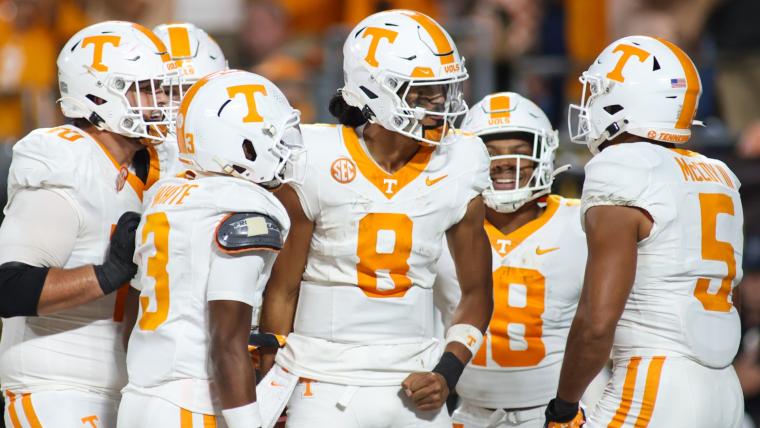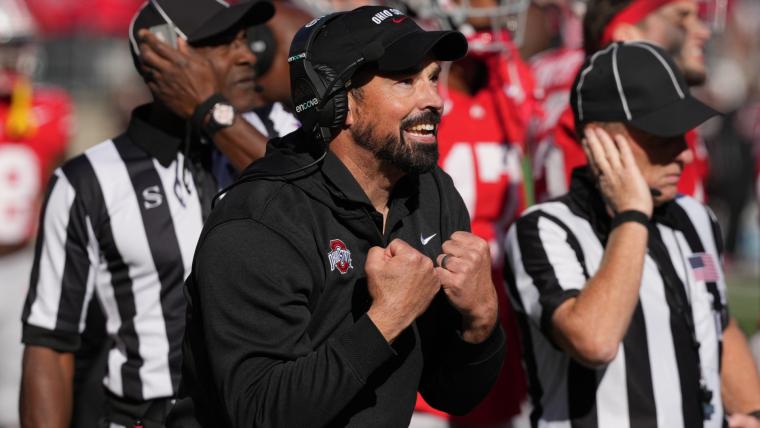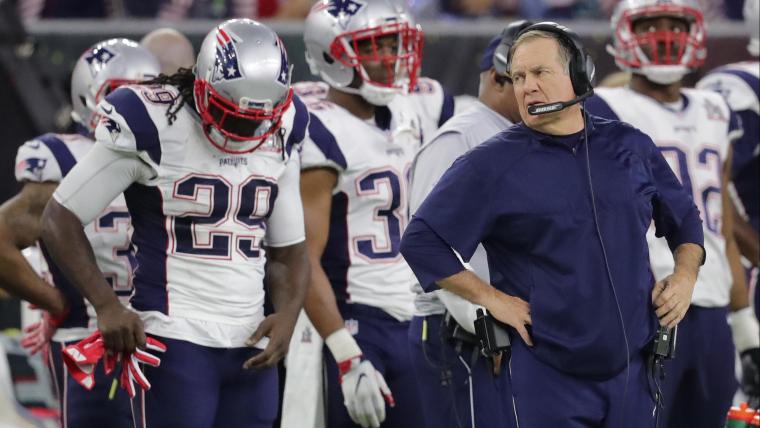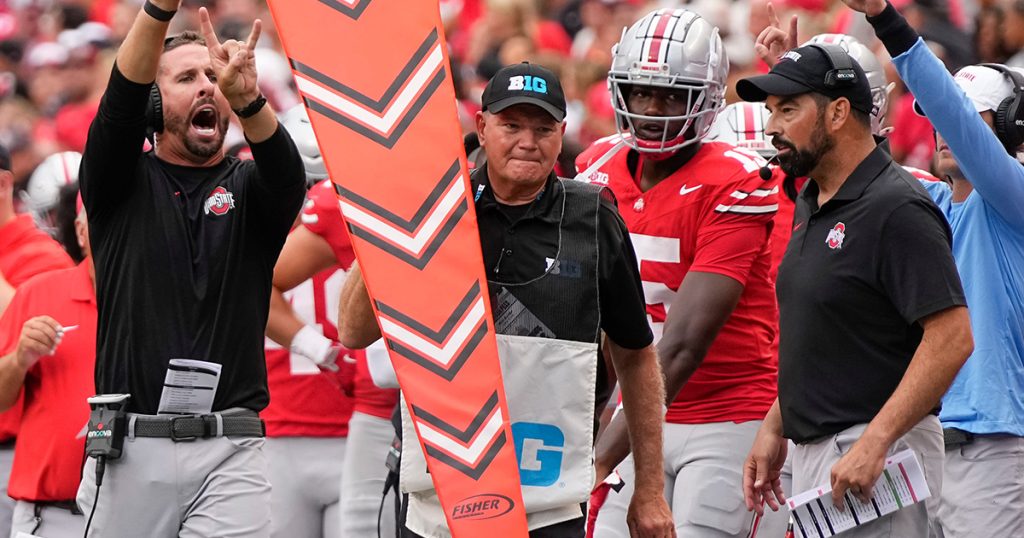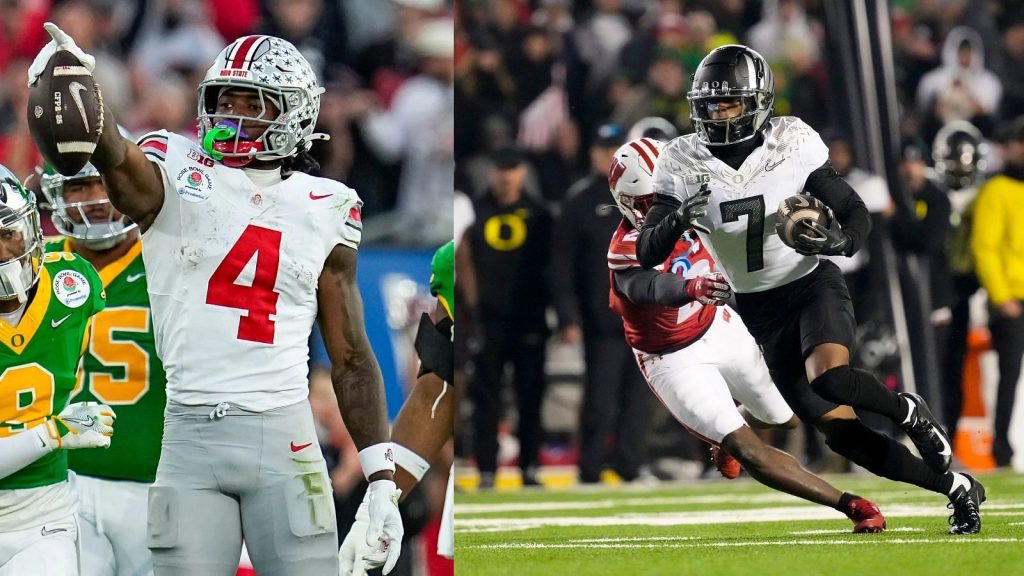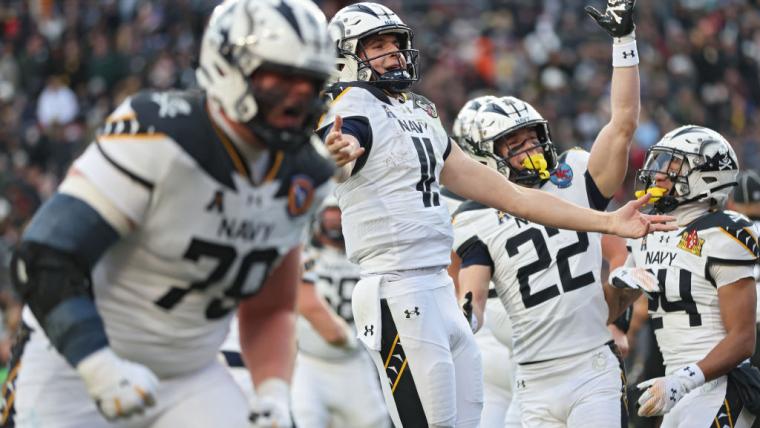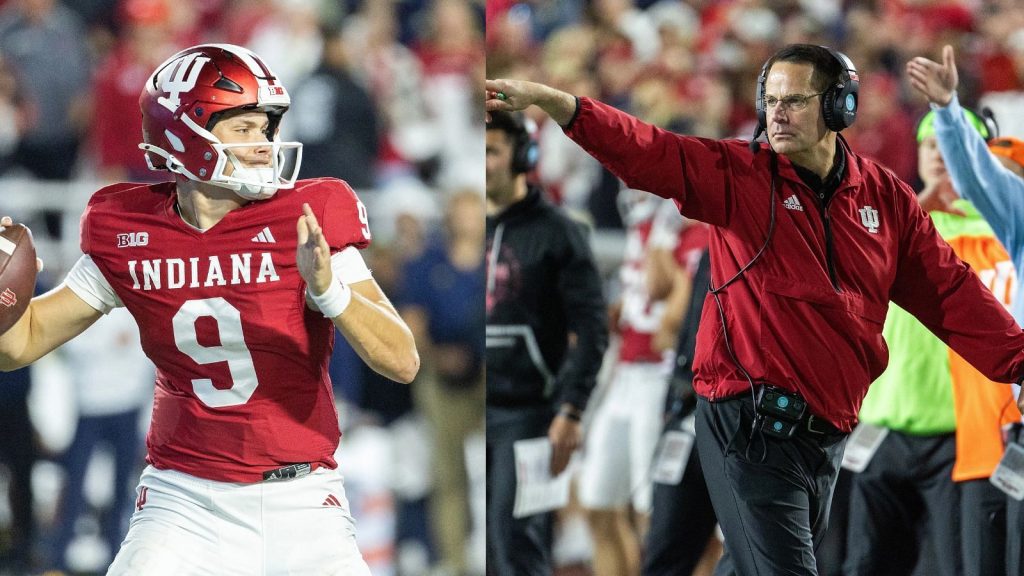Near the dawn of the broadcast revolution that has come to be known as “reality TV,” some Hollywood executives thought it might work to produce one of these shows about boxing. It was called “The Contender,” and it lasted just a year on NBC. A comedian once quipped, “We already have a reality show about boxing. It’s called boxing.” This sentiment rings true today as we witness the spectacle that is the College Football Playoff (CFP) rankings.
CFP Rankings: A Reality Show of Its Own
Fast forward nearly two decades, and ESPN continues to deliver its own version of a reality show centered around college football every Tuesday during the critical month of November. On my DirecTV listing grid, it’s labeled “The CFP Rankings Show,” and the drama it presents is so contrived you might mistake it for a scripted series.
The College Football Playoff selection committee gathers weekly to debate the various contenders, crafting a list of the top 25 teams and a projected postseason bracket. However, the transparency of these discussions often leaves much to be desired, leading to a significant erosion of the committee’s credibility. How can anyone take their selections seriously when the rankings seem so arbitrary?
The Confounding Rankings
Take, for instance, the initial rankings released on November 5. Tennessee, boasting a 7-1 record, was placed at No. 7—just ahead of Indiana and BYU, yet behind Penn State and Texas. At that moment, Tennessee had one victory against a top-25 team (Alabama) but also a loss to a mediocre Arkansas squad. Indiana, on the other hand, had no wins against ranked teams but was still undefeated. BYU, with a perfect record, had victories over No. 13 SMU and No. 19 Kansas State.
How can a selection committee look at those records and not deem BYU superior? It’s perplexing. But it gets even more puzzling. In their second rankings, Indiana jumped to No. 5, BYU to No. 6, and Tennessee remained stuck at No. 7. Did the Vols lose while the others won? No. The Hoosiers beat a 5-4 Michigan, and the Cougars edged out a 4-4 Utah, winning those games by a combined margin of less than a touchdown.
Meanwhile, Tennessee dominated a 2-7 Mississippi State team, winning by nearly three touchdowns. Shouldn’t that performance have earned them a better ranking? Perhaps they should have gone for one last touchdown instead of kneeling down to run out the clock.
Understanding the Selection Process
What’s crucial to grasp here is the process the committee follows, rather than the narrative they wish to create. When the CFP began, some college basketball advocates argued that the sport was missing an opportunity by keeping their selection process entirely secret until Selection Sunday. Eventually, the NCAA men’s basketball committee relented, introducing a “bracket reveal” that identified the top seeds a month before the tournament.
However, the NCAA Tournament has taken it a step further by making its selection process as transparent as possible. The criteria for evaluation are clearly explained to media members, athletic directors, and coaches. This transparency allows fans and analysts to predict the final bracket with impressive accuracy. In fact, during my time projecting brackets for Fox Sports, I’ve only missed five teams in four years.
In stark contrast, the football committee’s process remains largely opaque. During a recent conference call with two CFP administrators, I heard far too many mentions of the “eye test” and virtually nothing about the metrics and measurements that guide their decisions. The “eye test” essentially translates to: “We pick the teams we want.” This subjective approach lacks the data-driven foundation that characterizes the NCAA Tournament selection process.
Strange Rankings and Assumptions
One particularly odd aspect of the latest CFP rankings was Miami being placed at No. 9 and granted an automatic bid as the ACC champion, despite currently sitting in third place in the league. Miami is not even among the top two teams that will compete for the ACC title on December 7. SMU leads the conference with a perfect 5-0 record, while Clemson is second at 6-1, and Miami stands at 5-1.
While there’s nothing inherently wrong with the committee ranking Miami’s season ahead of the other two, assuming an ACC championship for the Hurricanes under these circumstances seems misguided. It appears the committee is reluctant to fill its bracket with multiple teams from the same conference, effectively signaling that only one ACC team will make the cut.
The Bigger Picture
What the committee fails to recognize is that the significance of matchups, like Indiana vs. Ohio State, increases when both teams are ranked in the top five. Tennessee has a critical game against 7-2 Georgia coming up, and if they emerge victorious, their ranking on November 19 could reflect that achievement.
In the end, the games the CFP committee is playing do not accurately reflect the reality of this college football season. The rankings may create drama, but they often seem disconnected from the actual performances on the field. As fans, we crave clarity and fairness in the selection process, and it’s high time the committee delivers that.
The excitement of college football deserves a selection process that matches the passion of its fans. Let’s hope for a future where the rankings reflect the true essence of the game.

